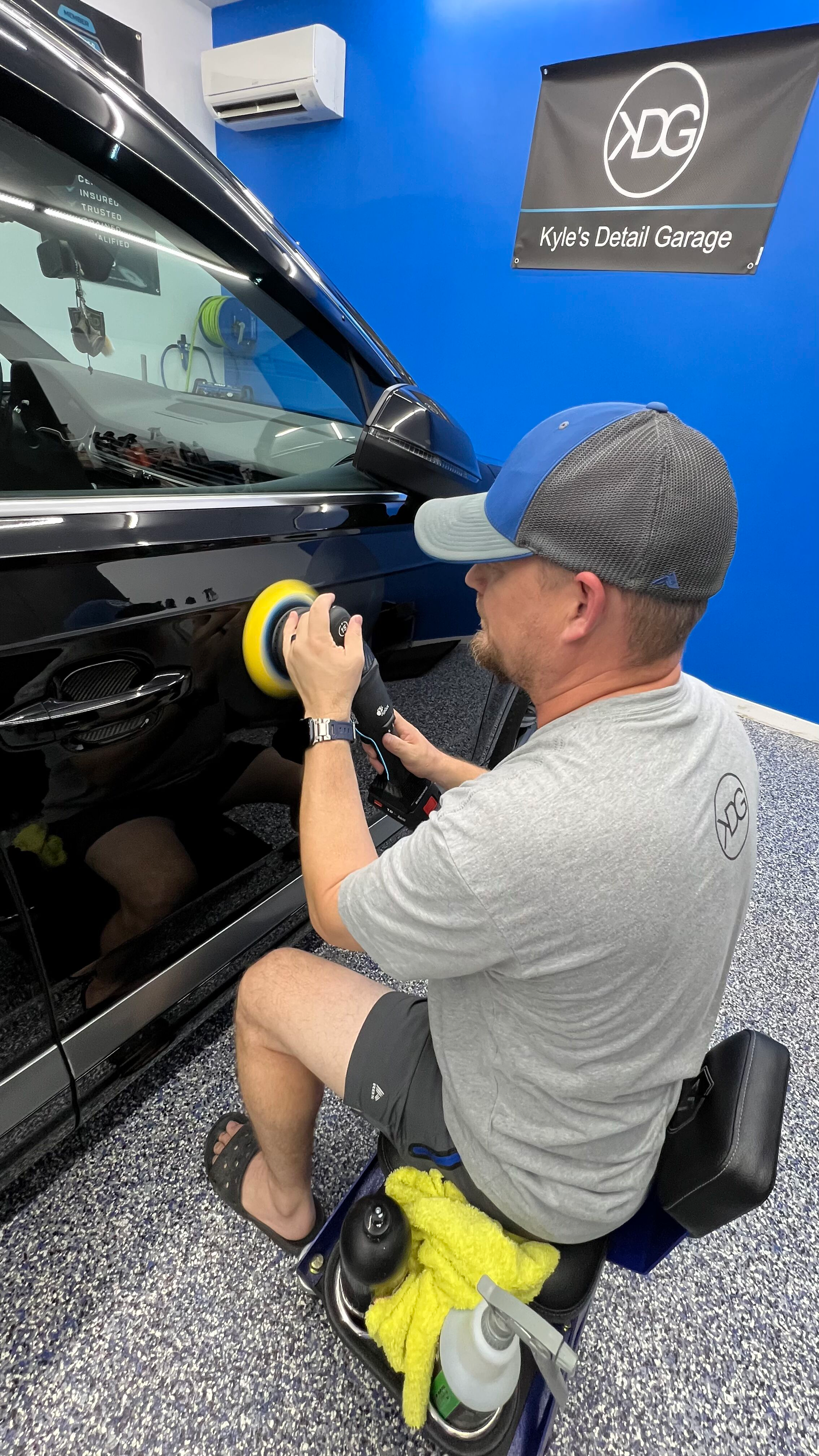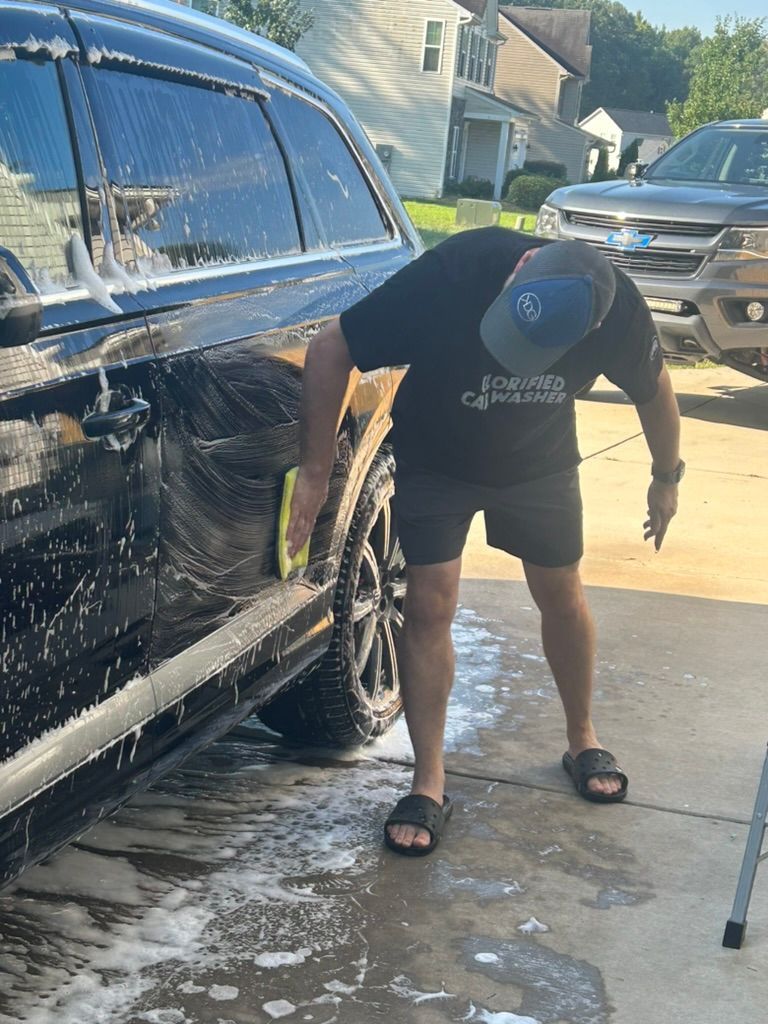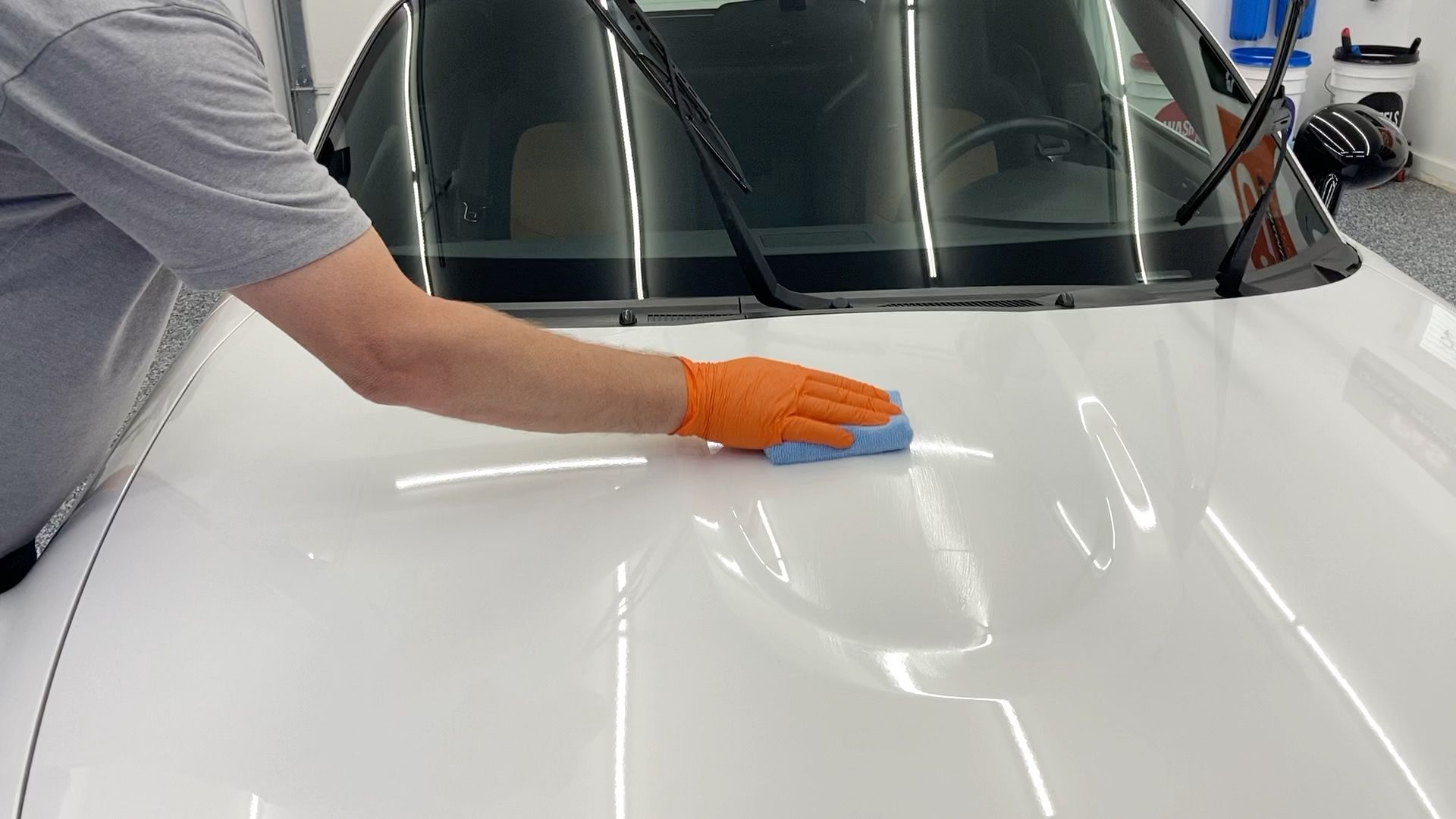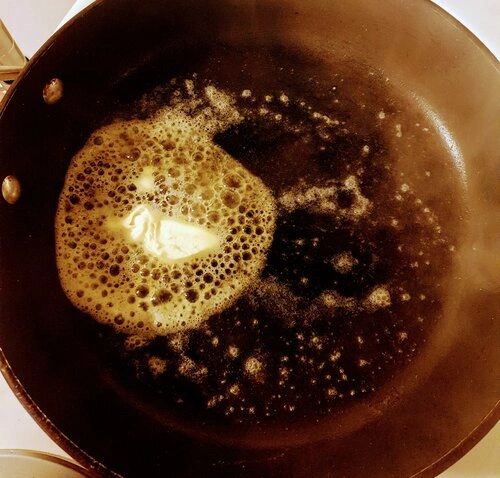Can water beads determine if your paint is protected?
It’s probably the most common myth in automotive paint protection: If water’s beading on your paint, your coating/sealant/wax is still protecting the finish from scratching, etching, staining, UV damage, etc. But this couldn’t be farther from the truth.
In reality, water beading isn’t dependent on paint protection. It can come and go without the underlying protection being lost. You don’t even need protection for water to bead. So why is that the case, and how CAN you know if a car is protected? We’ll break it down here.
Beading comes and goes
The hydrophobic effect that produces water beading isn’t dependent on your paint being protected. Instead, it’s based on something called surface energy. We won’t get into the scientific nitty-gritty, but to put it simply, the surface energy of your paint needs to be lower than the surface energy of water for water to be repelled. Hydrophobic coatings lower paint’s surface energy so water forms into beads.
But surface energy can change pretty easily. It raises as your paint gets dirty, or if you use a quick detailer or car wash soap formulated with a wetting agent. Often times, if you’ve got a ceramic coating not beading, you may just need to clean it, or give it an IPA wipe down to remove wetting aids.
So if water beading can start and stop depending on surface energy, you can’t really rely on it to indicate protection. In fact, you don’t even need protection to get paint beading.
You can get beading without protection
You’ve seen these products before—cheater’s wax, bead makers. Stuff that gets water beading up fast. But they’re not giving you any protection, really. Oxidation, micro-marring, sticking contaminants… these are all things you’ll still be dealing with.
And that doesn’t even broach the fact that water beading occurs on surfaces that aren’t even treated with a coating. Sometimes it’s the structure of a surface that makes water bead up—just look at how water turns into spheres on a lotus leaf.
So clearly, beading doesn’t need to be the result of a coating or sealant. But what about the other way around?
Paint protection doesn’t rely on beading
Imagine a Jenga tower. Blocks upon blocks stacked upon each other. You pull one from the bottom and the whole tower tumbles down. But pull one from the top? The tower remains steady.
Paint protection products work in a similar way. The various protective abilities at play—scratch resistance, chemical resistance, etc.—aren’t dependent on hydrophobicity (the top block in this metaphor). Instead, hydrophobicity is a feature added to the protection. So that protection underneath will still be there even if the beading isn’t.
The fact that hydrophilic paint protection products even exist should tell you well enough that hydrophobic effect isn’t a necessary part of paint protection. So for all of the above reasons, you really can’t depend on beads to tell you whether you’ve got protection. But if you can’t rely on beads, what can you rely on?
How to tell if your paint’s still protected
We’re not going to lie: It’s difficult to tell if a ceramic coating has failed or not. But there are ways to get a pretty good idea of a coating’s status.
The most fool-proof way is to measure the thickness of your paint with a paint thickness gauge prior to coating. When the coating is cured, measure it again. Then, save those numbers. When you’re trying to assess whether the coating is still there, you can just measure the paint again to see if its thickness is back to its pre-coated level.
But not everyone has a paint thickness gauge. So what else is there? Slickness can be a good indicator or protection. Slide your finger tip across the paint. Feel any friction? Your coating may be gone. That slickness is a big part of anti-contaminant protection. If it’s not there, it’s likely other protective properties aren’t either.
That all being said, if you’ve got a durable coating from a reputable company that can only be removed through heavy abrasion (think machine buffing) and was applied correctly, your coating is probably still there.
So at the end of the day, keep in mind that water beads are liars. They don’t tell you much about your car’s protection status—just that it’s repelling water.
